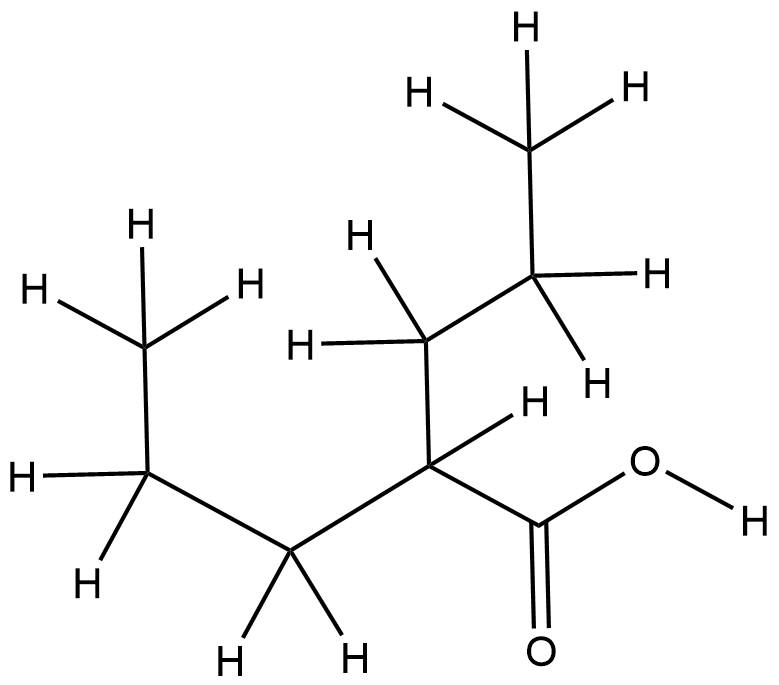| 1 |
ClinicalTrials.gov (NCT03885154) Valproic Acid and Dihydroergotamine as Abortive Therapy in Pediatric Migraine
|
| 2 |
Dihydroergotamine FDA Label
|
| 3 |
Sustained pain relief with dihydroergotamine in migraine is potentially due to persistent binding to 5-HT1B and 5-HT1D receptors. . The Journal of Headache and Pain 201314(Suppl 1):P75.
|
| 4 |
Valproic Acid FDA Label
|
| 5 |
Immunopharmacological management of COVID-19: Potential therapeutic role of valproic acid. Med Hypotheses. 2020 May 27;143:109891.
|
| 6 |
Current and prospective pharmacological targets in relation to antimigraine action. Naunyn Schmiedebergs Arch Pharmacol. 2008 Oct;378(4):371-94.
|
| 7 |
CYP2D6 and CYP3A4 involvement in the primary oxidative metabolism of hydrocodone by human liver microsomes. Br J Clin Pharmacol. 2004 Mar;57(3):287-97.
|
|
|
|
|
|
|


